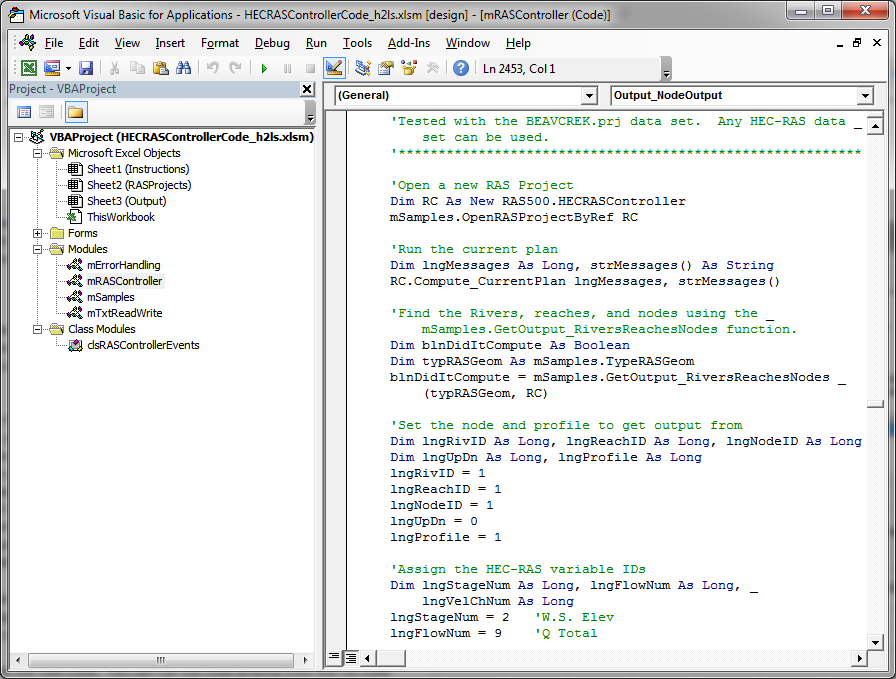Dams are constructed to serve a variety of purposes such as supply of drinking and irrigation water, generation of electric power, flood protection etc However a dam break may result in high flood waves traveling along a valley at quite high speed. The intensity of the catastrophic failure of dams varies depending on the extent of inundated area, size of the population under risk and the warning time available. The present study deals with the Dam Break Analysis of Thenmala Dam of Kerala State, India. Image Optimizer Standard Edition Download here. As a part of the work, the maximum precipitation and maximum flood have been evaluated using the Gumbel's and Clark's method respectively. The final analysis is done using the software BOSS DAMBRK for evaluating the extent of inundation, travel time and velocity of downstream progressing water.
The FLDWAV program, developed by the National Weather Service (NWS), is a generalized flood routing program with the capability to model flows through a single stream or a system of interconnected waterways. FLDWAV, Version 1.0.0, released in November 1998, replaced the NWS generalized flood routing programs, DAMBRK (released in 1988) and DWOPER (released in 1984).


The Federal Emergency Management Agency (FEMA) has accepted the FLDWAV program for use for National Flood Insurance Program (NFIP) purposes. While DAMBRK has the ability to analyze the flow of a single stream, DWOPER has the additional capability to model flows through a system of interconnected waterways. In addition to the capabilities of DAMBRK and DWOPER, FLDWAV also has the ability to analyze flows in mixed-flow regimes. FLDWAV was created to execute in the DOS environment; however, FLDWAV may be run in UNIX workstations and mainframe computers with minimal changes to the source code, which is available at the NWS website. A menu-driven utility program, FLDGRF, is available to display output data generated by FLDWAV. An automatic calibration feature is available in FLDWAV, and the NWS states that to produce acceptable forecasts by FLDWAV, the model first must be calibrated to observed stages at gages within the study area. Resources related to the FLDWAV program can be downloaded through the link below.